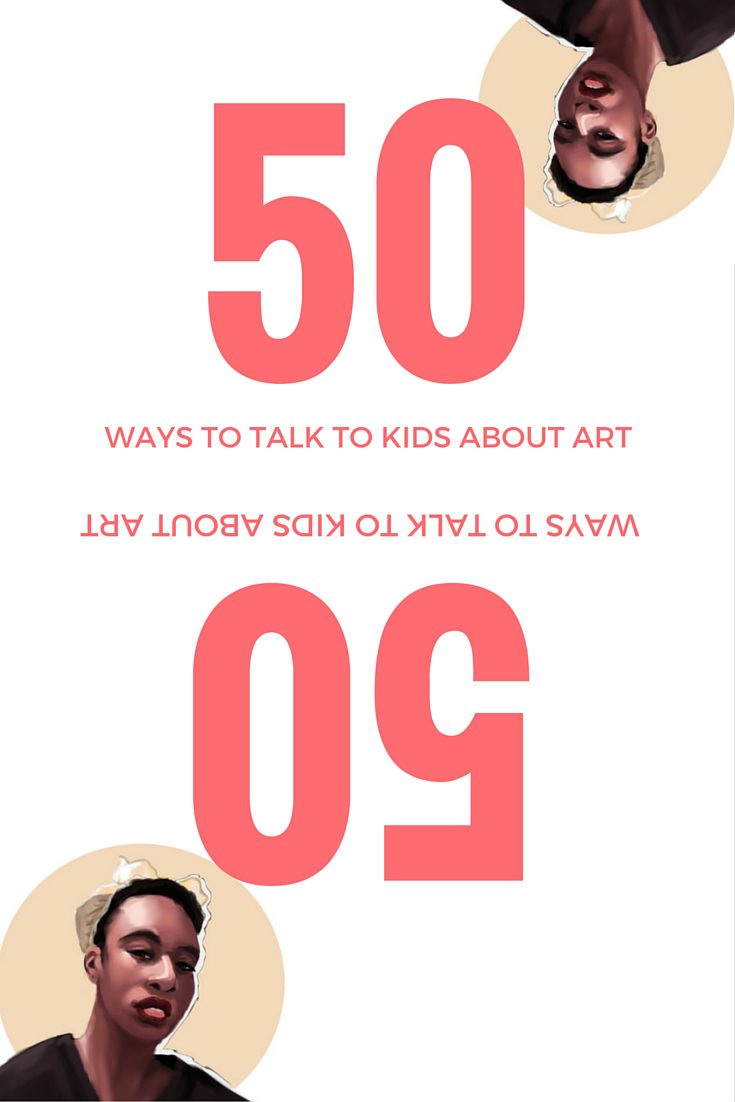Inside the classroom: How to get your students talking about art
You spend hours writing lessons plans. You work to challenge your students, to teach them to love art, to understand and use new techniques and to have a love for art history, but some days you feel like you’re drilling them, and it seems that the rigor of lesson leaves them lacking confidence swimming a pool of self doubt.
So, you give them a break, you do a project that still has great elements, but you back off a bit , because this project is about enjoying making art for the sake of making. It’s a confidence builder for your kids, and you’re all having fun, until the principal walks in and sits down to do an observation.
You know that you’re lesson is good, and necessary for your students, but you also have visions playing in your head of sitting down for your post observation meeting and being told that the lesson wasn’t intellectually rigorous and engaging enough. Your principal wants to see a high level of engagement, aka, discussion in every class.
You’re wishing that you could pull a magic wand out of your paint splattered apron pocket, and I”m here to give you your wand.
I created conversation starters because I wanted talking about art to be fun, painless, and wanted a way to help the students feel comfortable and confident. I also wanted a way to make it easy to bring “engagement” into the classroom at a minutes notice, every time that the principal sees these cards in action, he’s impressed.
Conversation starters are the magic wand that you need, it’s a set of 50 questions that can easily fit with any project that your students are working on. Plus they’re labeled with what level of blooms taxonomy you’re hitting ( administrators love higher order questions)
Here are the ways that you’re going to want to use them in your classroom.
- For a class critique, as students look at works of art, use the cards to guide the questions that you ask the students.
- Give each student a card, tell them that is the question that they will answer during a critique or class discussion, they give you the card once they’ve responded.
- Pull a few cards out of the pile and write them as essential questions on the board, or have students do a short journal response.
- Give each student a card and have them write a response as a ticket out the door
- Sit a card at each students desk, and let them know that as you walk around the room, that’s what the two of you are going to talk about in relation to their work.
After getting a lot of requests for a version of these for younger children, I added these.

